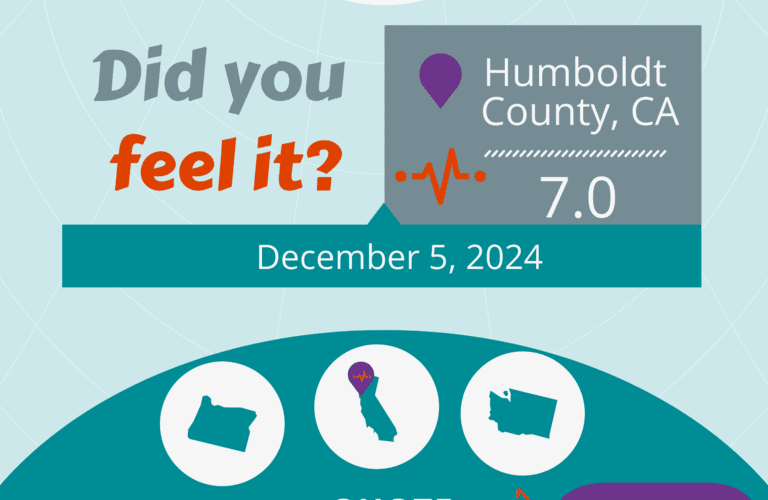So how can residents be better prepared before a destructive earthquake strikes? Scientists aren’t able to predict the next big earthquake. Research is working towards that goal, but we may never be able to pinpoint when the Big One is coming. We can only prepare as if it could happen at any time.
After years of anticipation, authorities unveiled the California Earthquake Early Warning System Opens a new window this month. In fact, the system was announced on the thirtieth anniversary of the 1989 Loma Prieta earthquake.
There will be warnings issued in two ways to help with earthquake response communications: a mobile app called MyShake and through Amber Alerts. With this combination, the warning system can reach a wider audience. It combines smartphone technology with traditional methods of communication.
This isn’t about responding after the quake, either. That’s what makes this announcement so exciting: the system is one step closer to anticipating an earthquake. It uses seismic monitoring sensors across the state to quickly alert residents before the ground begins to shake.
Residents will have the chance to “drop, cover, and hold on” moments before the shaking starts. It could give people anywhere between a second to tens of seconds to brace for the shaking, and that could save lives.
The California Earthquake Early Warning System was tested last month when a spike of seismic activity activated in the San Francisco Bay Area and Central California. Two earthquakes, one in Pleasant Hill and another in Hollister, jolted with quakes larger than 4 magnitude. Alerts were sent out seconds before people felt the shaking. While it’s not a perfect system, the outlook is bright for the future.
QuakeInsurance by GeoVera provides innovative insurance solutions in catastrophe-exposed areas and is the leading provider of residential earthquake insurance. QuakeInsurance uses a strategic and agile approach to developing insurance products that are both impactful and reliable. Get a quote today! Opens a new window



